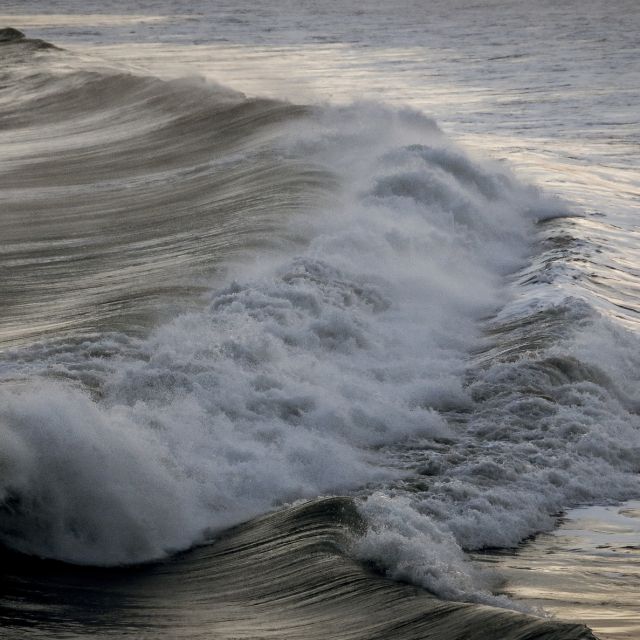Fr. Hermann Geissler FSO
The Holy Spirit: Our Consolation
1. Images of the Holy Spirit

Another image of the Holy Spirit is that of living water. Jesus once cried out in a loud voice: “Let anyone who thirsts come to me and drink. Whoever believes in me as scripture says: ‘Rivers of living water will flow from within him’.” And St. John adds: “He said this in reference to the Spirit that those who come to believe in him were to receive” (John 7:37-39). This word was fulfilled when “blood and water” (John 19:34) flowed out of the pierced side of the crucified Lord. The open heart of Jesus is the source of that water that gives life to the faithful of all times. The symbolic meaning of that water was evident to the people of Israel, a people who had experienced life in the desert: without water there is no life; the source of water is the fountain of life. Therefore, Jesus compared the Holy Spirit with water that gives life to our hearts, to our hearts who often can be compared to the desert. Jesus himself is the source who gives us life from the cross. Each one of us, by drinking this water, becomes a source from which pours out living water that allows those around us to grow and to live.
A third symbol of the Holy Spirit is breath. When the risen Lord appeared to the disciples “he breathed on them and said: Receive the Holy Spirit. For those whose sins you forgive, they are forgiven” (John 20:22-23). Air is an essential element that renders our planet habitable. Only where there is air, one can breathe and live. What air is to our physical life, the Holy Spirit is to our spiritual life. Only where that Spirit is accepted and breathed, we are able to live in a truly human way as Christians. We also become aware that we need the Spirit not only every now and then, in certain situations, but that actually we always need him. Today people often speak of air pollution and, surely in big cities, this can be a serious problem. But much more serious is spiritual pollution that poisons the heart of men through violence, commercialized sex, and a disdain of human dignity. As Christians we have the duty of fighting this spiritual pollution, we have to spread “the aroma of Christ” (2 Cor 2:15), the good and healthy air of the Holy Spirit, who is a Spirit of purity, pardon and peace.